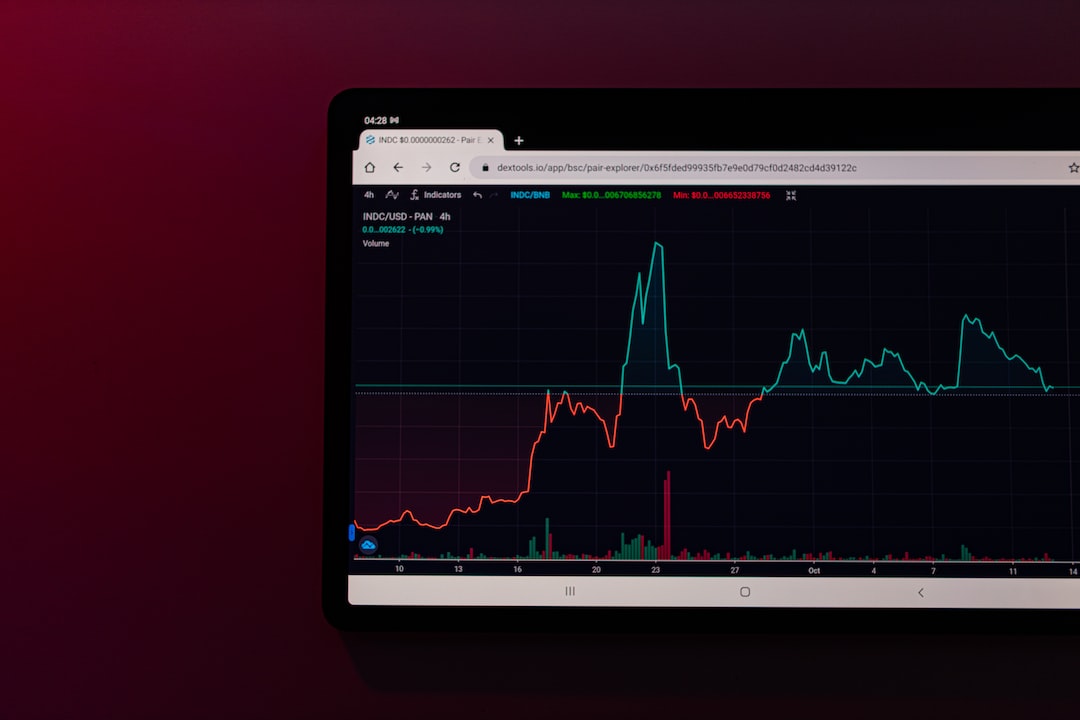Moore’s Law: The Exponential Growth of Computing Power
Gordon Moore, the co-founder and emeritus chairman of Intel Corporation, introduced Moore’s law in 1965. According to Moore, the number of transistors on microchips would double approximately every two years while production costs remained the same or decreased. This exponential increase in processing capacity has had a significant impact on various aspects of digital life.
Cryptography is one field where Moore’s law is applied. As processing power increases, so does the computational capacity for encryption and decryption. This has led to the development of stronger encryption techniques and longer key lengths to ensure the security and privacy of digital communications.
Moore’s law has driven advancements in the computing industry, enabling the production of smaller, more powerful, and energy-efficient electronic devices. It has also stimulated economic growth by fostering innovation, creating new markets, and improving existing ones.
How Moore’s Law Impacts Cryptography
Positive Impact
With rising processing capabilities, cryptographers can create more advanced encryption methods. They can develop algorithms with larger key lengths and more complex mathematical operations, making it difficult for potential attackers to decrypt data. Stronger cryptography enhances cyber threat defense and improves security for sensitive information.
Negative Impact
The rapid increase in processing power benefits potential adversaries as well. It reduces the time required to break encryption keys and weakens security. Outdated cryptographic techniques may become vulnerable, posing a risk to data secrecy. To maintain effective data protection, cryptography must keep pace with technological advancements.
How Moore’s Law Impacts Blockchain Technology
Moore’s law’s prediction of continuous computing power doubling enables blockchain networks to support higher transaction volumes and larger datasets. It encourages the development of more secure cryptographic methods, although it also provides potential attackers with increased computing capacity.
Blockchain data can be protected using stronger encryption techniques, increasing threat resistance and system confidence. The energy efficiency of hardware driven by Moore’s law can reduce the environmental footprint of blockchain networks. However, it also presents challenges such as potential network centralization.
Moore’s law allows blockchain networks to store more data without significantly raising costs. This enables the use of blockchain technology in more complex and robust applications beyond cryptocurrencies.
Moore’s Law and Cloud Computing
Moore’s law significantly influences the capabilities and architecture of cloud computing services. Advancements in server technology provide increasingly powerful virtual machines and affordable data storage options.
Cloud computing becomes more widely used for various applications, from data storage and processing to machine learning and artificial intelligence. However, the increase in processing power highlights the importance of data security and privacy, necessitating enhanced encryption and security measures in the cloud.
Is Moore’s Law Still Relevant in 2023?
The relevance of Moore’s law continues to be debated. While the exact doubling of transistor count every two years may have slowed down, the principles of constant growth and innovation persist in semiconductor technology.
In the context of cryptocurrencies and blockchain technology, Moore’s law remains relevant. It has improved processing power, strengthened encryption techniques, and enhanced blockchain security. However, it has also posed challenges that have led to the development of more durable cryptographic algorithms and longer key lengths to counteract potential attacks.
Hot Take: The Ongoing Impact of Moore’s Law
Moore’s Law has been a guiding principle for technological advancement in computing for decades. While its original formulation may no longer accurately capture the rate of advancement in semiconductor technology, its underlying principles of growth and innovation persist.
As we continue to push the boundaries of computing power, encryption techniques will need to evolve to keep data secure. The development of stronger algorithms and longer key lengths is essential to counteract the potential risks posed by the exponential growth in processing capabilities.
While Moore’s Law may have its challenges, it remains a relevant factor in shaping the future of cryptocurrencies, blockchain technology, and cloud computing. The industry’s focus on developing more powerful and efficient computing technology continues, even if the exact doubling of transistor count has slowed down.





 By
By
 By
By

 By
By

 By
By